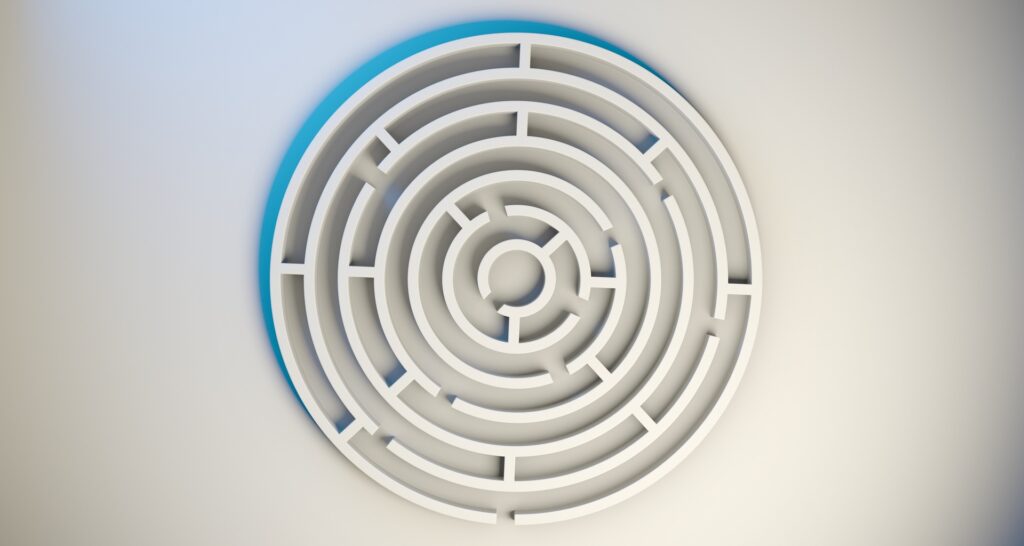Quick search
CTRL+K
Quick search
CTRL+K


Since 2010, the Global Law Experts annual awards have been celebrating excellence, innovation and performance across the legal communities from around the world.
posted 4 months ago
Article published in Lawyer Monthly Magazine.
Many companies are confused by the different types of copyright protection and what kinds of creations and materials it can apply to. What is copyright, what can be protected and what can’t be protected in Florida and Nationwide?
Copyright protection exist in original works of authorship fixed in any tangible medium of expression, now known or later developed, from which they can be perceived, reproduced, or otherwise communicated, either directly or with the aid of a machine or device.
Works of authorship include the following categories:
Copyright does not protect facts, ideas, systems, or methods of operation, although it may protect the way these things are expressed. Copyright protection isn’t available until the work is in a tangible medium of expression, such as a paperback book or audio recording. Your work is under copyright protection the moment it is created and fixed in a tangible form that it is perceptible either directly or with the aid of a machine or device. After all, copyright law doesn’t protect ideas, only the expression of the ideas.
Intellectual Property Rights, including copyright protection, exists under Federal Law.
Brand protection, counterfeits and unfair competition are areas of concerns for artists and companies in Florida and Nationwide. What type of clients do you work with and what sort of copyright issues do you help your clients within Florida and across the US?
We help, business owners, entrepreneurs, artists and content creators. The sort of copyright issues we encounter are copyright protection and enforcement.
Who is the copyright owner and what rights does copyright provide?
Very often we get asked this question about who own the copyrights. The simple answer is the person, that is a human, who creates the work whether a photograph, a lyric or a play.
The owner of copyright has the exclusive rights to do and to authorize any of the following:
to reproduce the copyrighted work in copies or phonorecords;
to prepare derivative works based upon the copyrighted work;
to distribute copies or phonorecords of the copyrighted work to the public by sale or other transfer of ownership, or by rental, lease, or lending;
in the case of literary, musical, dramatic, and choreographic works, pantomimes, and motion pictures and other audiovisual works, to perform the copyrighted work publicly;
in the case of literary, musical, dramatic, and choreographic works, pantomimes, and pictorial, graphic, or sculptural works, including the individual images of a motion picture or other audiovisual work, to display the copyrighted work publicly; and
in the case of sound recordings, to perform the copyrighted work publicly by means of a digital audio transmission.
How long does copyright protection last?
The length of the copyright protection varies depending on the date of first publication or creation. According to the U.S. Copyright Office, all registered works created after January 1, 1978 are protected all throughout the author’s lifetime plus an additional 70 years.
If created as a work for hire for a company or any other legal entity, the work has copyright protection that lasts for 95 years from the date it was first published or a term of 120 years from the year it was created, whichever expires first.
When can I use works that are not mine?
The usage of works that are not your own is subject to copyright law and various usage rights. In general, you can use works that are not yours when you have obtained permission from the copyright holder, or when your use falls under certain exceptions or limitations to copyright law, such as fair use (in some jurisdictions) for purposes such as criticism, commentary, news reporting, teaching, scholarship, or research.
What is copyright registration?
“Under the Copyright Act of 1976, as amended, a copyright author gains “exclusive rights” in her work immediately upon the work’s creation. 17 U. S. C. §106.”
This means that copyright protection exists at the moment of creation and the work is fixed on as tangible medium, not when the author files for and/or obtains copyright registration from the government.
Registration is always recommended for many reasons, obtaining copyright registration creates a public record for the work, registered works may qualify for statutory minimum damages and claims of attorney’s fees if successful in litigation, and to bring a lawsuit for infringement of your U.S. work.
Copyright registration is the process of officially registering a creative work with a government office responsible for copyright matters. This registration provides a public record of the basic facts of a particular copyright. While copyright protection exists automatically upon the creation of an original work fixed in a tangible medium, registration offers additional legal benefits and protections to the copyright holder.
Under the Copyright Act of 1976 “A copyright owner may institute a civil action for infringement of those exclusive rights, §501(b), but generally only after complying with §411(a)’s requirement that “registration . . . has been made.”
Recently the Supreme Court sided against the Andy Warhol Foundation in a copyright infringement case and ruled Andy Warhol infringed on photographer Lynn Goldsmith’s copyright when he created a series of silk screen images based on a photograph Goldsmith shot of the late musician Prince in 1981. How does copyright ownership and licensing work?
The owner of copyright has the exclusive rights to do and to authorize any of the following:
to reproduce the copyrighted work in copies or phonorecords;
to prepare derivative works based upon the copyrighted work;
to distribute copies or phonorecords of the copyrighted work to the public by sale or other transfer of ownership, or by rental, lease, or lending;
in the case of literary, musical, dramatic, and choreographic works, pantomimes, and motion pictures and other audiovisual works, to perform the copyrighted work publicly;
in the case of literary, musical, dramatic, and choreographic works, pantomimes, and pictorial, graphic, or sculptural works, including the individual images of a motion picture or other audiovisual work, to display the copyrighted work publicly; and
in the case of sound recordings, to perform the copyrighted work publicly by means of a digital audio transmission.
Copyright owners often choose to license their works to others for various purposes. Licensing involves granting permission to someone else to use the copyrighted work in ways that would otherwise be exclusive to the copyright owner. These licenses can be customized based on the terms and conditions agreed upon by both parties. For example, a photographer may license a photo for use in a magazine, specifying the duration of use, geographic scope, and any other relevant terms. There are various types of licenses that copyright owners can grant, ranging from exclusive licenses (where only one person or entity is permitted to use the work) to non-exclusive licenses (where the copyright owner can grant permission to multiple parties). Licenses can also specify the scope of use, such as whether the licensee can use the work for commercial purposes, whether they can modify the work, and whether the license is limited to a certain time period or geographic region.
Can the use of a copyrighted work be fair?
The courts and Congress adopted the fair use doctrine to allow the use of copyrighted materials deemed beneficial to society, many of which are also entitled to First Amendment protection.
In determining whether an alleged infringement is fair use, courts consider (1) the purpose and nature of the use; (2) the nature of the copyrighted work; (3) the amount and substance of the portion used in relation to the copyrighted work as a whole; and (4) the effect of the use on the potential market or value of the copyrighted work.
Under the fair use doctrine of the U.S. copyright statute, it is permissible to use limited portions of a work including quotes, for purposes such as commentary, criticism, news reporting, and scholarly reports. There are no legal rules permitting the use of a specific number of words, a certain number of musical notes, or percentage of a work.
The use of Generative AI has been widely discussed as of late. How been the different jurisdiction been dealing with Generative AI and copyright protection?
The rapid advancement of artificial intelligence has given rise to a new frontier in intellectual property law – the ownership of creative works generated by AI, particularly generative AI. As AI systems become increasingly capable of producing original content, questions regarding copyright ownership, infringement, and protection have become a matter of international concern.
International Approaches to Copyright Ownership of Generative AI:
Author


There are no results matching your search.
Resetposted 5 hours ago
posted 17 hours ago
posted 17 hours ago
posted 4 days ago
posted 4 days ago
posted 4 days ago
posted 5 days ago
posted 5 days ago
posted 5 days ago
posted 7 days ago
There are no results matching your search.
ResetFind the right Legal Expert for your business
Sign up for the latest legal briefings and news within Global Law Experts’ community, as well as a whole host of features, editorial and conference updates direct to your email inbox.
Naturally you can unsubscribe at any time.
Global Law Experts is dedicated to providing exceptional legal services to clients around the world. With a vast network of highly skilled and experienced lawyers, we are committed to delivering innovative and tailored solutions to meet the diverse needs of our clients in various jurisdictions.